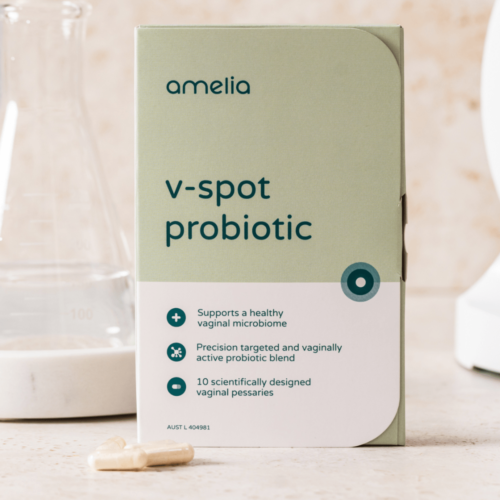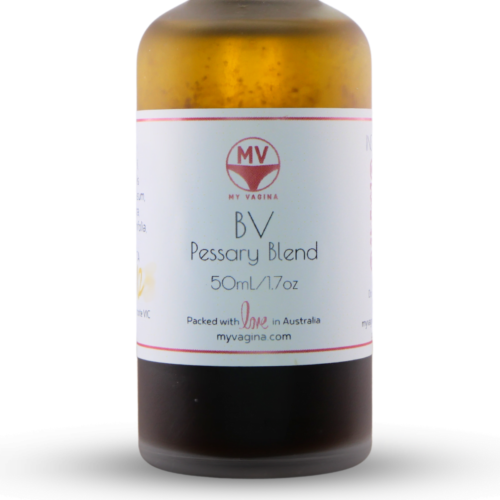The autoimmune protocol (AIP) diet is a system of eating with the express intention to reduce inflammation across the body and reduce the immune response.
The AIP diet is an elimination diet, where there is first a period of very lightweight eating (a clean-out, if you like), then a much longer period where foods are reintroduced slowly, one by one, and a log kept. Keep the foods that you don’t react to, remove the ones you do and challenge them down the track.
The AIP diet is no walk in the park – you have to be strict and stick to the diet to get the most out of it. The benefit is that once you’re finished, you will most likely feel pretty good, have far fewer symptoms, and know more about your body than ever. Individual results may vary!
The AIP diet is similar to the paleo diet in many ways, with a focus on whole foods – reducing preservatives, additives, colours, sugar, artificial ingredients, and packaged foods. The diet can be extra rough if you’re not into cooking, but if you’re struggling with chronic problems, it can be a game-changer.
What to eat on the AIP diet
- Any vegetable except those from the nightshade family (tomato, eggplant, potato, capsicum/bell pepper, chillies, goji berries)
- Omega-3-rich seafood
- Fermented foods
- Lean meat and liver
- Fruit in small amounts
- High-quality cold-pressed oils (olive, coconut, avocado)
- Wholefoods (unprocessed)
What to avoid on the AIP diet
- Additives
- Preservatives
- Sugar
- Artificial colours
- Grains
- Legumes
- Dairy
- Coffee
- Eggs
- Nuts and seeds
- Alcohol
- Some vegetable oils
The point of the AIP diet
The purpose of the autoimmune protocol is to remove gut irritants from the diet, while increasing intake of nutrient-dense foods to reduce inflammation, thus removing ‘leaky gut’. Leaky gut is a condition whereby (as the theory goes) the delicate intestinal membrane is more porous than it should be, allowing toxins, viruses, bacteria and particles access to other areas of the body, causing an immune response. 1
The AIP diet can be used by anyone suffering chronic illness to start the process of working out what’s wrong. It does not mean you have an autoimmune condition.
Why the AIP diet is good to try
- You have a plan to try to help yourself
- There is plenty of support online with recipes and others completing the diet
- You’re very likely to experience an improvement in symptoms within a few weeks
- You’ll learn a lot about your amazing body!
How the AIP diet is hard
- The elimination phase is very restrictive
- The diet requires you to prepare food at home
- You need to plan ahead
- Eating out/at family or friends’ homes can be tricky
- Getting great results might make it difficult to challenge foods
The two phases of the AIP diet – total 16-24 weeks
Phase I – the elimination phase – 4-12 weeks
- Remove grains, legumes, nuts, seeds, nightshade vegetables, eggs and dairy
- Remove tobacco, alcohol, coffee, some oils, food additives, non-steroidal anti-inflammatory drugs (NSAIDs, ibuprofen, aspirin)
- Eat plenty of fresh vegetables, hardly-processed meats, fermented foods and bone broth
- Put effort into managing stress levels, having good sleep habits and getting regular execise
- Continue until symptoms are noticably reduced and have plateaued, usually at least three weeks, but up to 12 weeks
Phase II – the reintroduction phase – about 12 weeks
- One food/food group is reintroduced at a time, with each food given 5-7 days after being eaten to either cause a reaction (fail the challenge) or to be accepted as a non-reactive food and reintroduced back into the diet
- Eat the food around three times per day on the testing day then avoid for the following 5-6 days
- First, eat a tablespoon of the food and wait 15 minutes, if you react, do not challenge further, but if you do not react, have a bigger portion (1.5 tablespoons) and see how you feel after 2-3 hours, and if no symptoms occur, eat a normal portion of this food and do not eat the food again for 5-6 days
- If no reaction occurs, you can reintroduce the food
- If a reaction occurs, the challenge has failed and you need to avoid this food and try it again later on
- Repeat with a new food on the list
- Avoid reintroducing foods when you’re unwell, stressed, are not sleeping well or are exercising a lot
- When challenging dairy, start with low-lactose foods like yoghurt or hard yellow cheese
- Keep a list of the order foods will be reintroduced and choose foods you miss the most first, and mark their status as well tolerated or not
- Remember tolerance may change later, so try the poorly tolerated foods later down the track
- Poorly tolerated foods that caused a reaction are avoided
What to eat on the AIP diet
- Allowed vegetables (no nightshades, no algae like spirulina or chlerlla)
- Fruit (1-2 pieces per day)
- Tubers (sweet potato, taro, yam, Jerusalem or Chinese artichoke)
- Meats (wild-caught game, fish, seafood, organ meat, chicken, turkey, duck, preferably wild, grass-fed or pasture-raised)
- Fermented foods (kombucha, kimchi, sauerkraut, pickles, non-dairy kefir, probiotics as recommended by your practitioner)
- Cold-pressed vegetable oil (olive, acovado, coconut)
- Non-seed herbs and spices (parsley, rosemary, basil)
- Vinegar (without added sugar)
- Natural sweeeners (maple syrup, honey, in moderation)
- Green and black tea (3-4 cups per day)
- Bone broth
What to avoid on the AIP diet
- Grains (rice, wheat, oats/oatmeal, rye, pasta, bread, cereal, any food containing these)
- Nightshade family vegetables (eggplant, capcsicum/bell pepper, tomato, potato, tomatillos, chilli, paprika, any food containing these)
- Eggs (whole, egg white, egg yolk, any food containing these)
- Dairy products (mammal milk – cow, sheep, goat – and their products like milk, cream, cheese, butter, ghee, whey-based protein powders, supplements containing dairy)
- Nuts and seeds (including flour, butter, oil, cocoa, seed-based spices like coriander, cumin, anise, fennel, fenugreek, mustard, nutmeg)
- Alcohol
- Coffee
- Processed vegetable oil (canola, rapeseed, corn, cottonseed, palm, soybean, sunflower, safflower)
- Refined and processed sugars (cane sugar, beet sugar, corn syrup, brown rice syrup, barley malt syrup, candy/sweets, soda/fizzy drinks, desserts, chocolate)
- Food additives (colours, emulsifiers, thickeners)
- Sweetners (stevia, mannitol, xylitol)
- Moderate salty foods
References
- 1.Konijeti GG, Kim N, Lewis JD, et al. Efficacy of the Autoimmune Protocol Diet for Inflammatory Bowel Disease. Inflammatory Bowel Diseases. Published online November 2017:2054-2060. doi:10.1097/mib.0000000000001221
Specially formulated probiotic for vaginal application to promote a healthy vaginal microbiome.
Unique, comprehensive BV, AV and 'mystery bad vag' treatment guide, one-of-a-kind system, with effective, innovative treatments.





